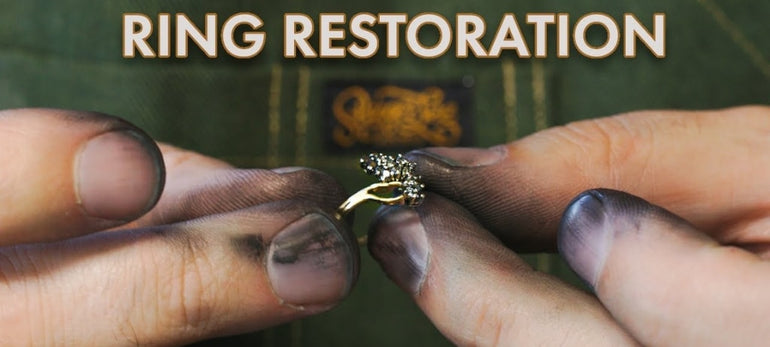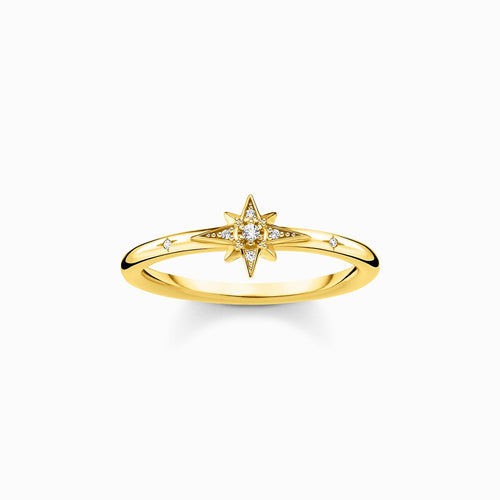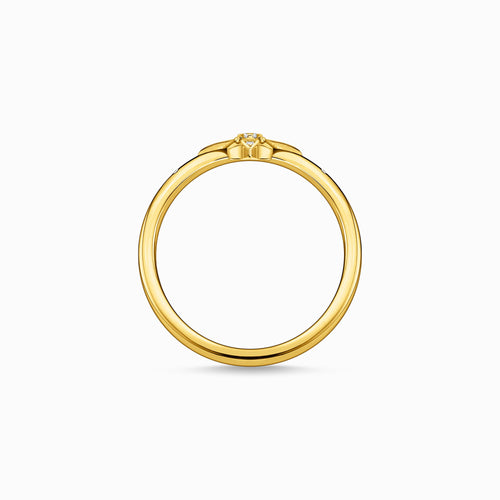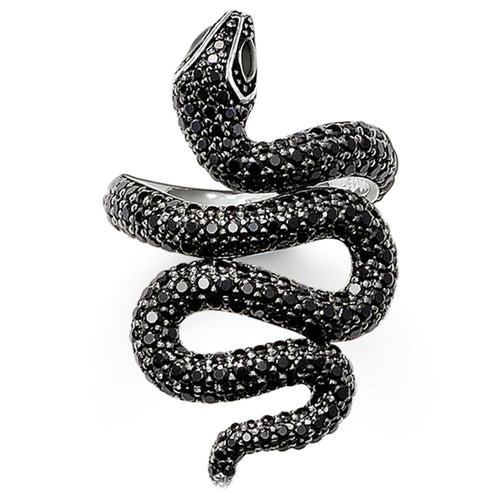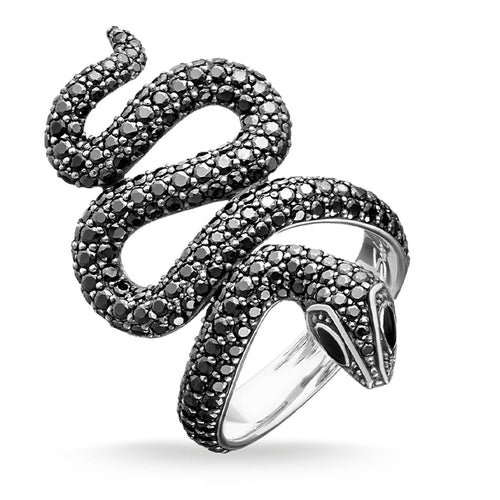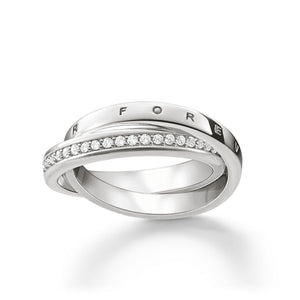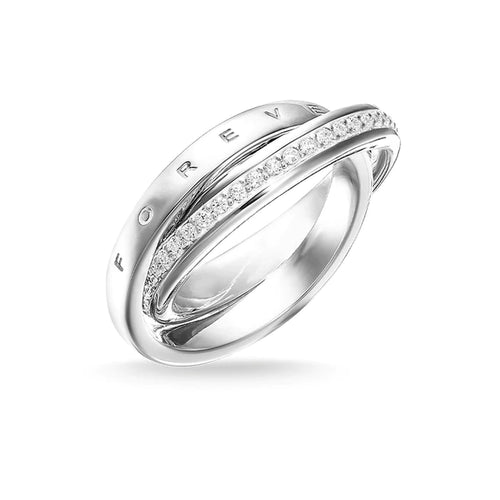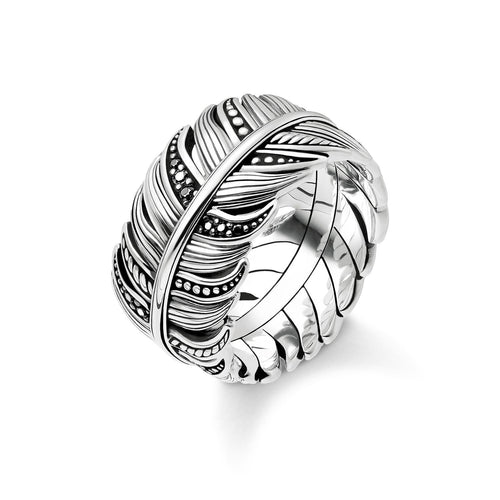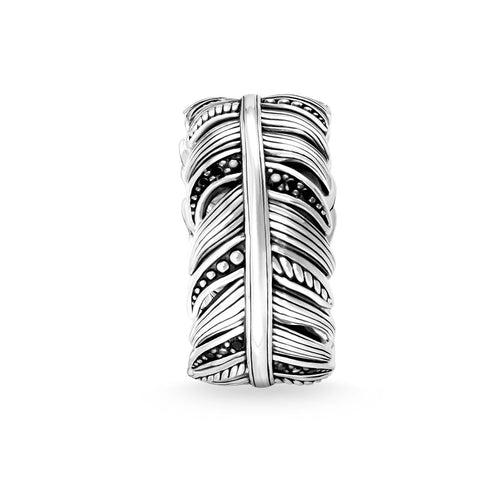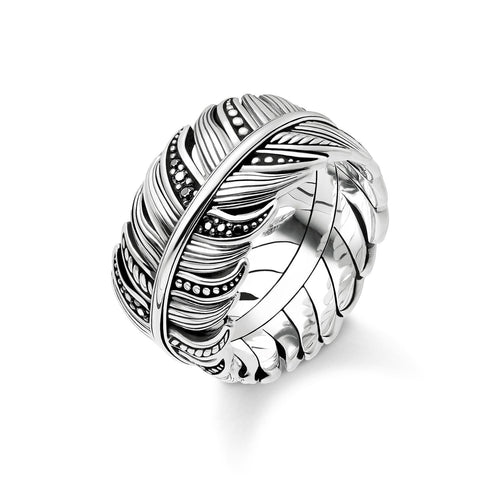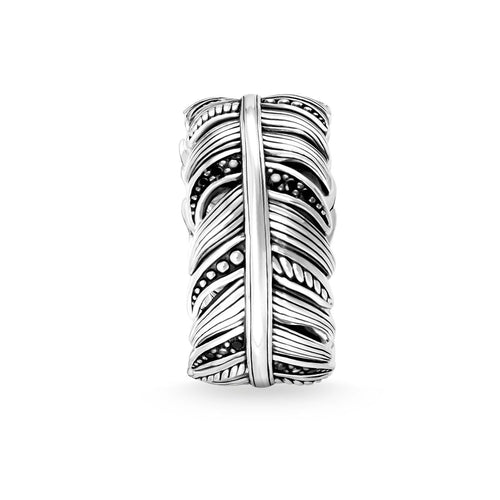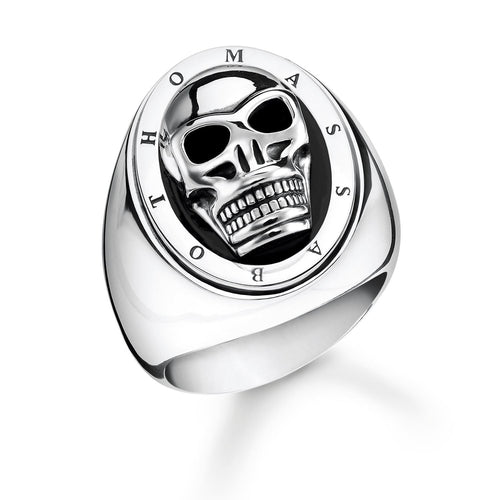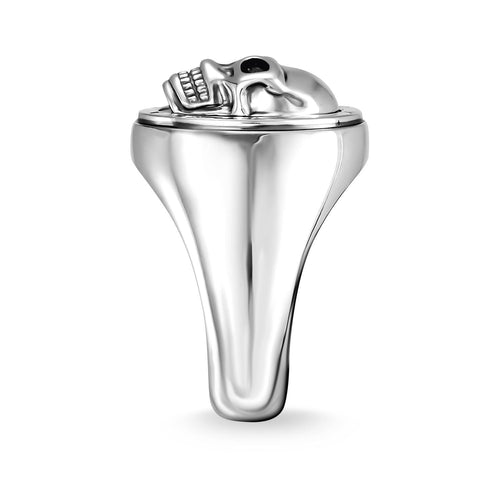Restoring gold rings is not only about maintaining their aesthetic appeal but also preserving their sentimental and historical value. Over time, gold jewellery can lose its shine, develop scratches, or suffer from tarnish. Fortunately, many of these issues can be addressed through proper restoration techniques.
Gold rings, whether they are made of yellow gold, white gold, or rose gold, can be restored to their former glory with the right methods. This guide will explore both professional and DIY restoration techniques for gold jewelry, providing step-by-step instructions for each type of gold.
Key Takeaways:
-
Common issues include tarnish, scratches, and loss of shine.
-
Different methods are required for yellow gold, white gold, and rose gold.
-
Proper care and maintenance can extend the life of your gold jewellery.
Can Gold Rings Be Restored?
Absolutely, gold rings can be restored to their former glory! Whether you have a cherished wedding ring passed down through generations, a stylish piece of modern jewellery, or even an antique ring, the restoration process can breathe new life into your beloved pieces of jewelry.
Restoration Process:
-
Cleaning: Start by using a mild dish soap and warm water to gently clean your gold jewellery. Avoid harsh chemicals as they can damage the metal and any gemstones. A soft brush is perfect for getting into the nooks and crannies, ensuring you don't scratch the surface.
-
Removing Tarnish: Gold doesn’t tarnish easily, but if your ring is gold plated or contains other metals, it might need a bit more attention. A mixture of baking soda and a small amount of mild acid can be extremely helpful in this process.
-
Polishing: To bring back the shine, use a polishing cloth. For white gold, you might need rhodium plating to restore its bright finish. This is a special repair service that adds a layer of rhodium to your white gold jewellery.
-
Repairing Damage: For scratches, dents, or broken parts, professional repair services are often required. Jewelers can seamlessly fix these issues, ensuring your gold ring looks as good as new.
Types of Damage That Can Be Repaired:
-
Scratches: Minor scratches can be polished out, while deeper ones may require more intensive repair.
-
Tarnish: Effective cleaning methods can remove tarnish, especially for gold plated items.
-
Loss of Shine: Regular polishing can restore the shine, but sometimes a professional touch is needed, especially for white gold.
Benefits of Restoring Gold Rings:
-
Aesthetic Appeal: Restored rings look beautiful and new, making them a joy to wear.
-
Sentimental Value: Preserving the condition of your wedding rings or engagement rings maintains their sentimental significance.
-
Longevity: Proper maintenance and restoration extend the life of your gold jewellery, ensuring it can be passed down to future generations.
Regular Maintenance:
To keep your gold rings in top condition, follow these tips:
-
Avoid Harsh Chemicals: Keep your rings away from substances like bleach or chlorine.
-
Store Properly: Use a soft pouch or jewellery box to prevent scratches.
-
Clean Regularly: Gentle cleaning with soapy water can keep your rings looking their best.
By following these few simple steps, your gold rings—whether yellow gold, rose gold, or white gold—can remain stunning for years to come. Remember, regular care and timely restoration are key to maintaining their beauty and value.
Types of Gold Rings and Their Restoration
Gold rings come in various types, each with its unique characteristics and restoration needs. Let's explore the main types: yellow gold, white gold, and rose gold.
Yellow Gold
Characteristics of Yellow Gold:
-
Yellow gold is the classic choice for many gold rings and wedding rings. It has a warm, rich hue that’s both timeless and versatile.
-
It’s a durable metal type, often alloyed with silver and copper to enhance its strength and color.
Common Issues and Restoration Techniques:
-
Scratches and dents are typical wear issues. These can be easily fixed by professional repair services.
-
Tarnish is less common in pure yellow gold but can affect gold plated items or those alloyed with other metals. Using a mix of baking soda and warm water can help remove tarnish.
Maintenance Tips:
-
Regular cleaning with mild dish soap and a soft brush is essential.
-
Avoid harsh chemicals to prevent damage.
-
Store in a soft pouch to avoid scratching.
White Gold
Characteristics of White Gold:
-
White gold is a popular choice for engagement rings and modern jewellery due to its sleek, contemporary look.
-
It is alloyed with metals like palladium or nickel and often coated with rhodium plating for extra shine and protection.
Challenges in Restoring White Gold:
-
The rhodium plating can wear off over time, revealing a yellowish tint.
-
Scratches are more noticeable due to its bright finish.
Steps for White Gold Restoration and Care:
-
Re-plating with rhodium is essential to maintain its appearance. This should be done by a professional jeweler.
-
Polishing cloths and cleaning solutions can be used at home for regular maintenance.
-
Regular cleaning with mild dish soap and warm water helps keep it shiny.
Rose Gold
Characteristics of Rose Gold:
-
Rose gold has a distinctive pinkish hue, created by alloying gold with copper. It’s beloved for its romantic and vintage appeal.
-
This metal type is durable but can develop a patina over time, adding to its charm.
Restoration Methods for Rose Gold:
-
Scratches can be polished out by a professional, while tarnish can be removed using a soft cloth and gentle cleaning methods.
-
Avoid using harsh chemicals that can react with the copper alloy.
Care Tips to Maintain the Luster of Rose Gold Rings:
-
Clean regularly with a mix of mild dish soap and warm water, using a soft brush to gently scrub.
-
Store separately to prevent contact with harder metals that could scratch the surface.
-
Regularly inspect for signs of wear and address them promptly.
By understanding the unique needs of each type of gold, you can ensure that your gold rings—be they yellow gold, white gold, or rose gold—remain beautiful and cherished for years to come. Regular maintenance and proper restoration techniques are key to preserving their former glory.
Common Issues and Their Solutions
Gold rings, whether they're yellow gold, white gold, or rose gold, can face several common issues over time. Fortunately, many of these problems have straightforward solutions that can restore your gold jewellery to its former glory.
Tarnish Removal
Causes of Tarnish on Gold Rings:
-
Tarnish typically affects gold plated or lower-karat gold jewellery because of the presence of other metals like copper and silver, which can oxidize.
Effective Methods for Removing Tarnish:
-
A simple method to remove tarnish involves a mix of baking soda and warm water. Create a paste and use a soft brush to gently scrub the tarnished areas.
-
For more stubborn tarnish, a solution of mild acid like vinegar can be extremely helpful.
Preventive Measures to Avoid Tarnishing:
-
Regular cleaning with mild dish soap and soapy water can prevent tarnish from building up.
-
Store your gold rings in a dry, cool place away from harsh chemicals.
Repairing Scratches and Dents
Identifying and Assessing Damage:
-
Scratches and dents can mar the beauty of your gold ring. It’s important to assess the depth of the damage to decide on the repair method.
Professional vs. DIY Repair Options:
-
Deep scratches and significant dents are best handled by professional repair services. Jewelers can use specialized tools to polish and reshape the metal.
-
For minor scratches, DIY methods using a polishing cloth can be effective.
Tools and Materials Needed for Minor Repairs:
-
A soft cloth and polishing cloth for buffing out minor scratches.
-
Mild dish soap and warm water for cleaning before and after repairs.
Restoring Shine
Techniques to Restore the Original Shine of Gold Rings:
-
Regular polishing with a polishing cloth can maintain the shine of your gold jewellery.
-
For white gold, rhodium plating by a professional can restore its bright finish.
Use of Polishing Cloths and Professional Cleaning Services:
-
Use a polishing cloth regularly to keep your gold rings shining.
-
Professional cleaning services offer deep cleaning and polishing that can bring back the original luster.
Frequency of Polishing and Professional Cleaning:
-
Regular home cleaning should be done every few weeks.
-
Professional cleaning and polishing can be done annually to maintain the shine and remove tarnish effectively.
By addressing these common issues with proper techniques, your gold rings can continue to shine and look beautiful, preserving their sentimental and aesthetic value. Regular maintenance and timely repairs are key to keeping your gold jewellery in top condition.
Special Considerations for Gold Jewellery with Stones
Restoring and wearing gold jewellery that features stones adds an extra layer of complexity. Whether your piece is yellow gold, rose gold, or white gold, special care must be taken to avoid damaging the gemstones.
Challenges of Restoring Rings with Gemstones:
-
Gold rings with stones such as diamonds, sapphires, or other gemstones can be more delicate. The settings that hold the stones in place can become loose over time.
-
Gold plated jewellery can be tricky because the plating can wear off during cleaning, revealing the underlying metal.
Safe Cleaning Methods:
-
Mild dish soap and warm water are your best friends when it comes to cleaning gold jewellery with stones. Mix a small amount of soap with water, and use a soft brush to gently scrub around the stones.
-
Avoid harsh chemicals and abrasive cleaners as they can damage both the gold and the stones. Instead, use a mild cleaning solution specifically designed for precious metals and gemstones.
-
After cleaning, rinse thoroughly with warm water and dry with a soft cloth to ensure no water spots are left behind.
Importance of Consulting a Professional Jeweler:
-
For intricate or heavily damaged pieces, consulting a professional jeweler is highly recommended. They have the expertise to handle delicate settings and can perform precise repair services.
-
Rhodium plating for white gold or re-setting stones should always be done by a professional to ensure the longevity and safety of the jewellery.
-
Regular check-ups with a jeweler can help catch any issues early, such as loose stones or worn settings, preventing more extensive repairs down the line.
Taking these special considerations into account ensures your gold and diamond jewellery with stones remains beautiful and intact. Regular, gentle cleaning and professional maintenance will keep your cherished pieces sparkling and secure for years to come.
Professional Restoration Services
When your gold ring has seen better days, it might be time to seek professional help. Restoring gold jewellery—whether it’s yellow gold, rose gold, or white gold—requires expertise that professional jewelers can provide.
When to Seek Professional Help:
-
If your gold ring has significant scratches or dents that can’t be fixed with a polishing cloth or a soft brush.
-
For intricate pieces like wedding rings or engagement rings that have loose stones or damaged settings.
-
When gold plated items start to wear off, revealing the metal underneath.
-
If your white gold jewellery needs rhodium plating to restore its shine.
Services Offered by Professional Jewelers:
-
Polishing and Cleaning: Deep cleaning to remove dirt and tarnish, making your jewellery sparkle again.
-
Repairs: Fixing broken clasps, resizing rings, and tightening loose gemstones.
-
Rhodium Plating: For white gold items, this process adds a protective and shiny layer.
-
Custom Restorations: Tailoring the restoration process for antique rings or unique modern jewellery pieces.
Costs and Benefits of Professional Restoration:
-
While professional services come with a cost, they are an investment in the longevity of your gold jewellery.
-
Costs vary depending on the extent of the restoration needed. Simple cleaning might be affordable, while extensive repairs or rhodium plating can be pricier.
-
The benefits include improved appearance, extended life of the jewellery, and maintained value, especially for heirloom pieces.
Choosing a Reputable Jeweler:
-
Look for jewelers with good reviews and a solid reputation. Personal recommendations can be extremely helpful.
-
Ensure they have experience with the specific metal type and style of your jewellery.
-
Ask about their processes and if they offer guarantees on their work.
By trusting a professional, you ensure your treasured gold jewellery is handled with care and expertise, bringing it back to its former glory and ready for many more years of enjoyment.
Frequently Asked Questions
1. How do I clean gold jewellery at home?
Use a mix of mild dish soap and warm water. Soak your jewellery for a few minutes, then use a soft brush to gently scrub. Rinse with water and dry with a soft cloth.
2. What is rhodium plating?
Rhodium plating is a process used to restore the shine of white gold jewellery. It adds a protective, reflective layer to the surface.
3. How often should I get my gold ring professionally cleaned?
It's advisable to take your wedding ring or engagement ring for professional cleaning and inspection once a year.
4. Can I use baking soda to clean gold jewellery?
Yes, a paste of baking soda and warm water can be extremely helpful in removing tarnish from gold jewellery.
5. Is it safe to clean gold jewellery with gemstones?
Be careful with jewellery that has stones. Use a gentle cleaning solution and avoid harsh chemicals to protect the settings and gemstones.
6. What should I avoid to prevent damage to my gold jewellery?
Avoid exposing your jewellery to harsh chemicals, soapy water, and rough surfaces. Store each piece separately to avoid scratching.
7. How do I restore the shine to my gold ring?
Regularly polish your ring with a polishing cloth. For a deeper clean, professional services might include rhodium plating for white gold or other specialized treatments.
Conclusion
Restoring your gold jewellery—whether it's a yellow gold wedding or sterling silver, ring, a rose gold antique ring, or a white gold engagement ring—is not just about bringing back its shine; it's about preserving memories and adding more life to your treasured pieces. Can gold rings be restored? Absolutely, and with the right care, they can continue to sparkle for generations.
Regular cleaning with mild dish soap and warm water, gentle scrubbing with a soft brush, and drying with a soft cloth can go a long way in maintaining your jewellery's beauty. For deeper issues, don't hesitate to use professional repair services. They can handle everything from rhodium plating for white gold to intricate repairs for gold plated platinum and sterling silver pieces.
Remember to avoid harsh chemicals and store your jewellery properly to avoid scratching. Regular inspections and professional cleanings can also help in catching potential problems early, ensuring your pieces remain in top condition.
By following these tips and making careful use of both DIY and professional techniques, you can ensure your gold rings and other jewellery continue to look their best, retaining their sentimental value and former glory. Here's to keeping your precious metals and stones shining bright!
Gift Ideas For You


